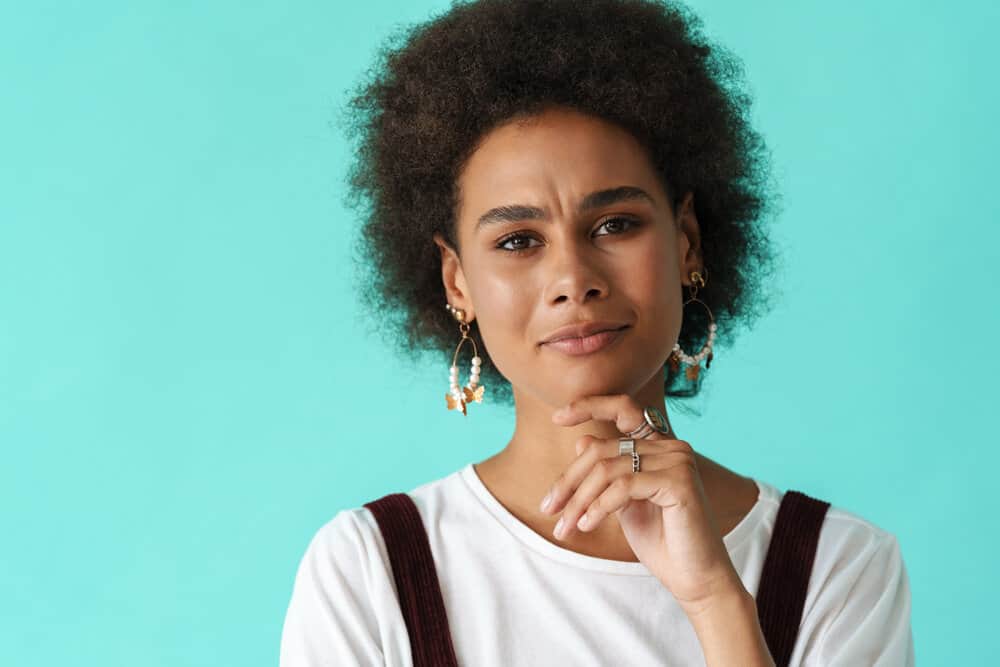
Nothing is more frustrating than spending time and money on coloring your hair, only to realize the dye didn’t take. Why won't my hair take color?
Unfortunately, this is a common occurrence, and you’re not alone.
If you’re wondering why your hair won’t cooperate, read on! In this article, we’ll walk you through a number of reasons your hair isn’t taking color and give you tips on how to get better results in the future.
Table of Contents
- 1 Why Won’t My Hair Take Color?
- 2 Key Takeaways
- 3 Solutions for Hair That Won’t Take Color
- 4 Can I Dye My Hair Again if It Won’t Take?
- 5 When to Redye Hair That Won’t Take
- 6 Frequently Asked Questions
- 6.1 Why Is My Hair Not Holding Color?
- 6.2 Why Is My Hair So Resistant to Color?
- 6.3 Is It Possible for Hair to Not Take Color?
- 6.4 Why Is Hair Dye Not Staying in My Hair?
- 6.5 Why Won't My Hair Take Color After Bleaching?
- 6.6 Why Is My Hair Not Taking Color on the Roots?
- 6.7 Why Does My Hair Look the Same After I Dye It?
- 6.8 Related Articles
Why Won’t My Hair Take Color?
Your hair won't take color effectively for several reasons. Insufficient dye usage or not allowing the dye to sit long enough on your hair can result in poor coloration. Using the wrong developer can also affect how the dye interacts with your hair, especially if you're transitioning to a lighter shade or you have gray hair.
Greasy hair or product buildup, often from hard water, prevents dye from penetrating the cuticles. Recent chemical processes or existing hair damage, like split ends or high porosity, can lead to uneven color or rapid fading. Low porosity hair, where cuticles are tightly closed, may resist color absorption, requiring longer processing time or heat application for best results.
Key Takeaways
- Insufficient Dye Usage: One of the most common reasons for color not adhering to your hair strands is not using enough dye, especially for thick or long hair. Always use enough hair color to thoroughly saturate the entire hair strand, particularly for virgin hair or when you're changing to a darker hair color.
- Developer Choice and Timing: Selecting the right developer is crucial for color-treated hair; a stronger developer may be needed for lighter shades. Also, allowing the dye to sit for the recommended time (30-45 minutes) ensures the color molecules penetrate the hair cuticles effectively.
- Hair Condition and Preparation: Greasy hair and strands with heavy product buildup can impede color absorption. Wash your hair with a clarifying shampoo to remove product buildup and avoid excessive oiliness to prepare your hair for better dye uptake. Damaged or overly porous hair (from bleach, heat, etc.) may lead to uneven color or rapid color loss.
- Water Quality and Hair Porosity: Hard water can leave mineral deposits on hair strands, creating a barrier against color. Using a clarifying shampoo helps. Also, low porosity hair (tightly closed cuticle layers) might resist color; using heat or leaving dye longer can improve results.
- Post-Color Care: Maintaining hair health is key after coloring, especially with semi-permanent dye. Using color-safe hair care products like sulfate-free shampoo, leave-in conditioner, and regular hair masks can prolong color life and prevent further damage to your hair strands.
Let’s get right into the top reasons why your hair isn’t taking color. Use the information in this section to narrow down the cause behind your poor color results.
You Didn’t Use Enough Hair Dye
The most straightforward reason behind your hair not taking color is that you didn’t use enough dye during the coloring process. When you color your natural hair, you should thoroughly saturate your strands with dye.
For anyone with healthy hair that’s thick or longer than shoulder length, this will require using two or more boxes of hair dye. When you color your hair, always grab an extra box to make sure you have enough.
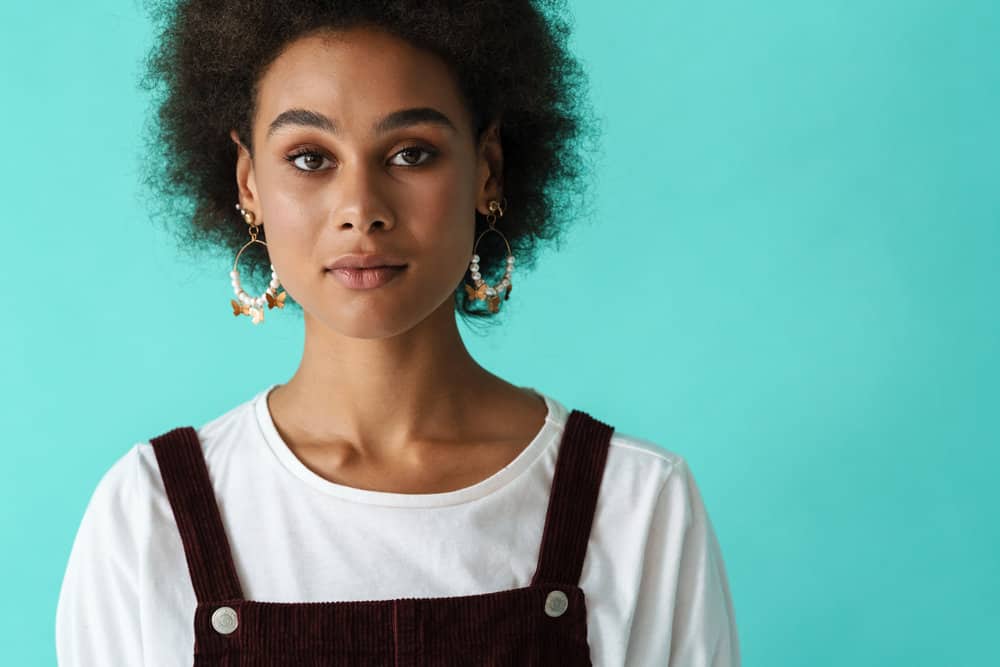
Your Hair Dye Didn’t Sit for Long Enough
Rushing through the processing time is a sure-fire way to end up with a color that doesn’t take well. The developer needs time to penetrate your hair’s cuticle. Typically, you should let your dye sit for 30 to 45 minutes.
Always follow the time specified on your specific bottle of hair color. Stick to the higher end of the time range if your hair is prone to not taking color.
You’re Using the Wrong Developer
When it comes to permanent color, the developer you use is as crucial as the dye itself. As a general rule, going from darker to lighter shades requires a higher volume of developer than going from lighter to darker shades.
Using a developer that’s too weak will prevent your color from adhering and may result in you having to dye your hair multiple times. If your dye kit doesn’t include a developer, make sure the one you purchase is the appropriate strength.
To learn more about hair developers, we recommend reading these articles:
- What Does Developer Do to Hair
- How Long Do You Leave 20 Volume Developer On
- How Long Should I Leave 30 Volume Bleach
- Can You Bleach Hair With Just Developer
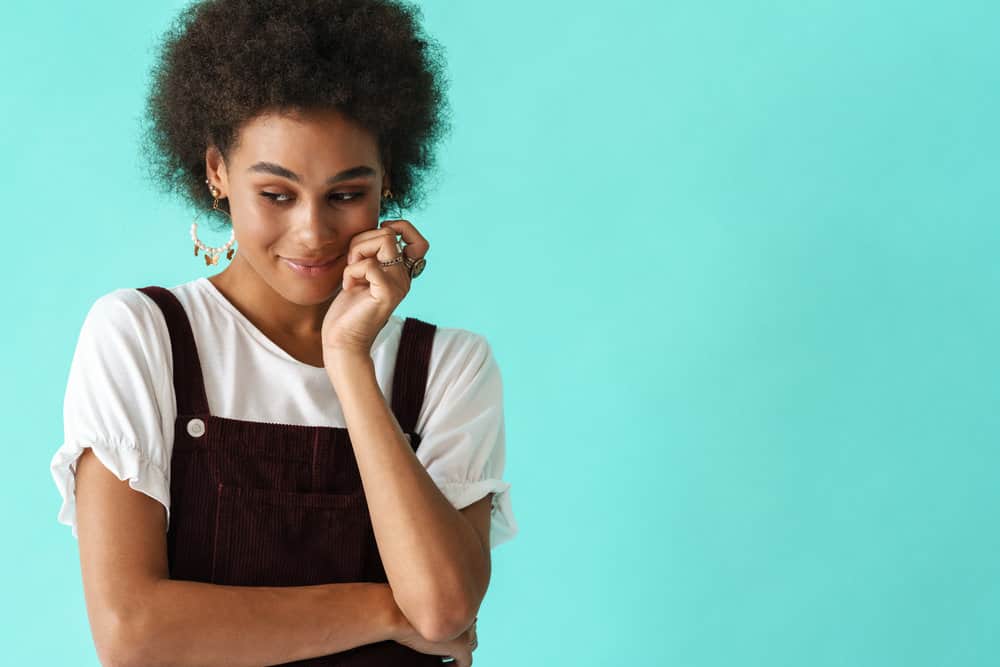
Your Hair Is Too Greasy
While having some natural oil buildup protects your hair and scalp during the coloring process, too much will prevent the dye from penetrating your strands. Instead, the dye will just slip off your hair, leaving you with a patchy or nonexistent color.
Although dyeing unwashed hair is better for your strands, make sure it isn’t saturated with oil before the treatment. If it is, give it a quick wash with a gentle shampoo before you dye.
You Have Hard Water
Many American homes have hard water running through their pipes. Hard water is extremely rich in dissolved minerals, like calcium and magnesium, which settle on your strands. The buildup creates a film that prevents the color from reaching your hair.
We recommend that you wash your hair with a clarifying shampoo to prevent this from happening. This will help remove the build-up of minerals on your strands, which can create a film that prevents the color from reaching your hair.
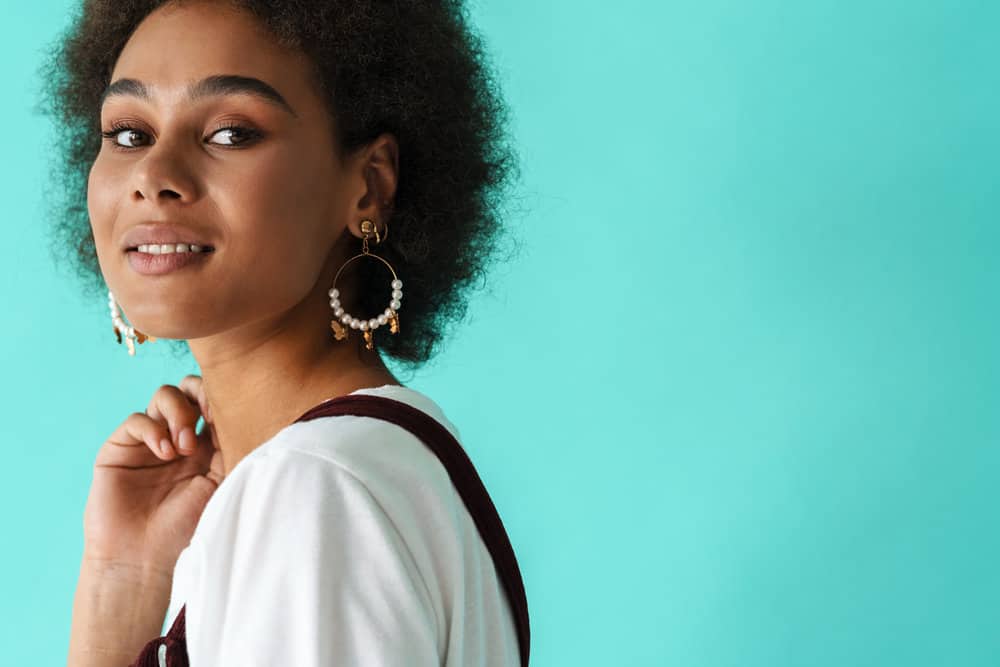
You’ve Chemically Processed Your Hair Recently
Dyeing your hair shortly after getting a color or texture treatment can have disastrous effects. In addition to patchy or faded color, layering chemical processes will likely cause irreparable damage.
Additionally, not all brands of hair dye work well with each other. Incompatible dyes may lead to an undesirable shade or even hair loss.
So, try to plan out your chemical treatments in advance and give your strands plenty of time to recover before attempting to recolor them.
Your Hair Is Too Damaged
Dry and damaged hair doesn’t take or hold onto color well. Damaged hair is typically highly porous due to the holes and gaps found along the strand’s surface.
While these holes may cause your hair to take color well initially, it won’t last long. Instead, your strands will continue to leak pigments and cause your hair to fade immediately.
Damage (e.g., hair shaft, hair cuticle) can come from a variety of sources, including:
- Chlorine or salt water
- Sunlight
- Chemical and heat damage
- Overwashing your hair
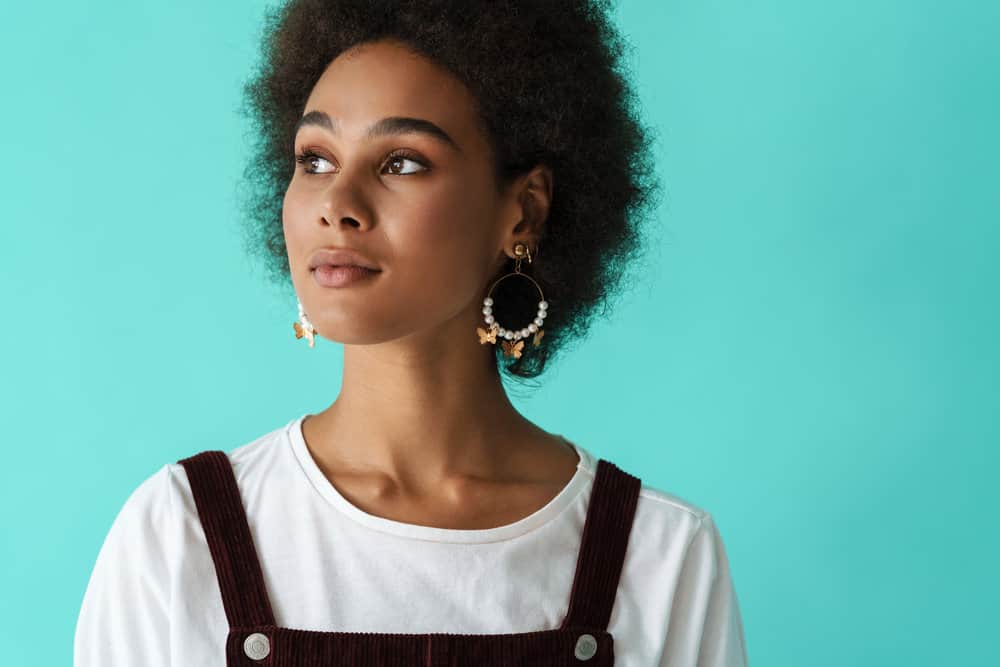
You Have Low Porosity Hair
Unlike high-porosity hair, low-porosity hair has a tightly closed cuticle that doesn’t readily accept the pigments from your dye. To determine if your hair has low porosity, drop a few strands of freshly washed, product-free hair into a glass of room-temperature water.
If they’re still on the water's surface after two to four minutes, you likely have low porosity hair. You can compensate for low porosity hair by using heat while your color processes or letting the dye sit longer than usual.
Note: This socially accepted hair porosity test isn't scientifically accepted. In other words, it's pseudoscience, but it's fun nonetheless.
Solutions for Hair That Won’t Take Color
Is your hair color not taking well? Don’t panic! Below are some steps you can take to ensure your hair takes color well now and in the future.
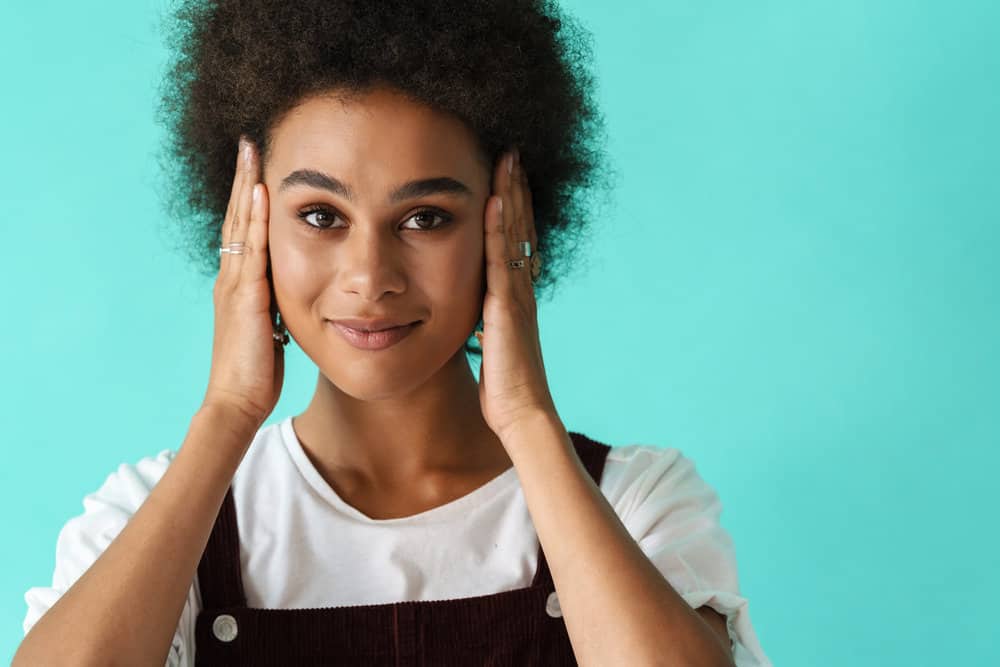
Clarify Your Hair
Before coloring your hair, wash it with a clarifying shampoo. Clarifying shampoos cut through the product and hard water buildup that prevents your hair dye from taking hold.
After the clarifying treatment, apply a lightweight conditioner to replenish moisture and hydrate your strands. You don’t want to create more buildup, so use a weightless conditioner that doesn’t contain silicones.
Avoid Overwashing Your Hair
Washing your hair too often strips it of its natural oils, resulting in brittle, dry hair strands that don’t take color well. Additionally, overwashing your locks will cause your color to fade much more quickly than you’d like.
You can prevent this by washing your hair no more than two or three times a week. Use a gentle shampoo and avoid rinsing your strands with hot water.
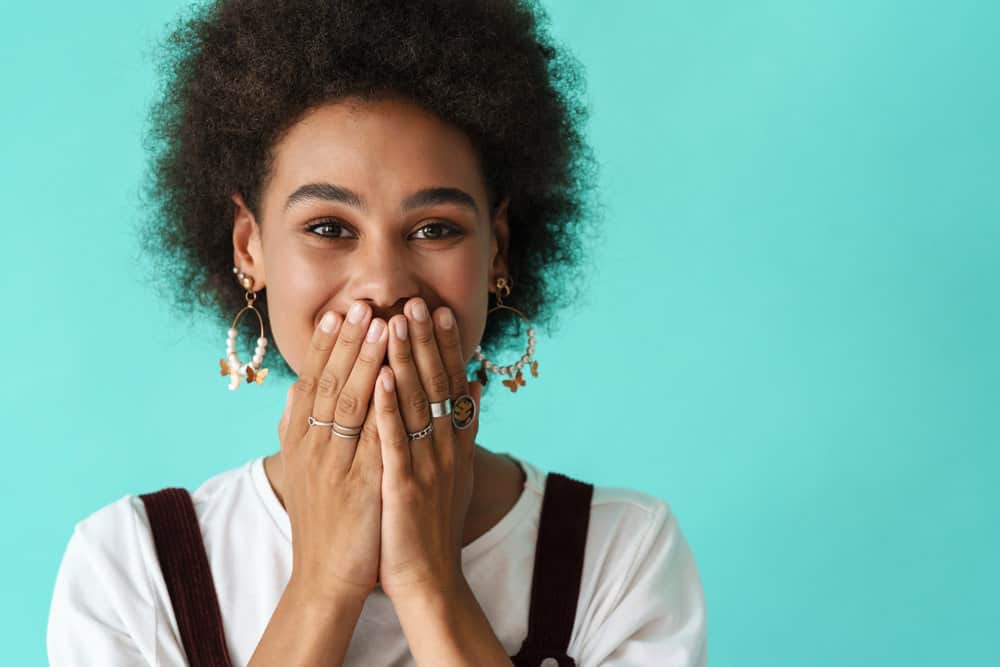
Treat Your Hard Water
If hard water is behind your coloring troubles, a water softener or filter will help minimize its effects. Filters remove the dissolved minerals before they make their way to your locks, which means your future coloring sessions will go more smoothly.
As a bonus, filtering your water will improve your hair and skin's health and overall appearance.
Try a Protein Filler
A protein filler is a pre-color treatment that repairs and strengthens highly porous strands. It fills in the holes on your hair’s cuticles and creates a barrier that helps your hair lock in dye pigments. In addition to helping your hair take color better, protein fillers help your color come out more vibrant and even.
Can I Dye My Hair Again if It Won’t Take?
Whether or not you can dye your hair again depends on why the color didn’t take in the first place and which dye you plan on using. Before you attempt to recolor your hair, assess the condition of your strands and see if they are healthy enough to handle another treatment.
When it comes to the hair dye you use, semi-permanent color is gentle on your strands and can be reapplied immediately after an unsuccessful dye job.
On the other hand, permanent hair dye can damage your strands when used multiple times over a short period. It's important to keep your hair healthy if you're planning on recoloring it.
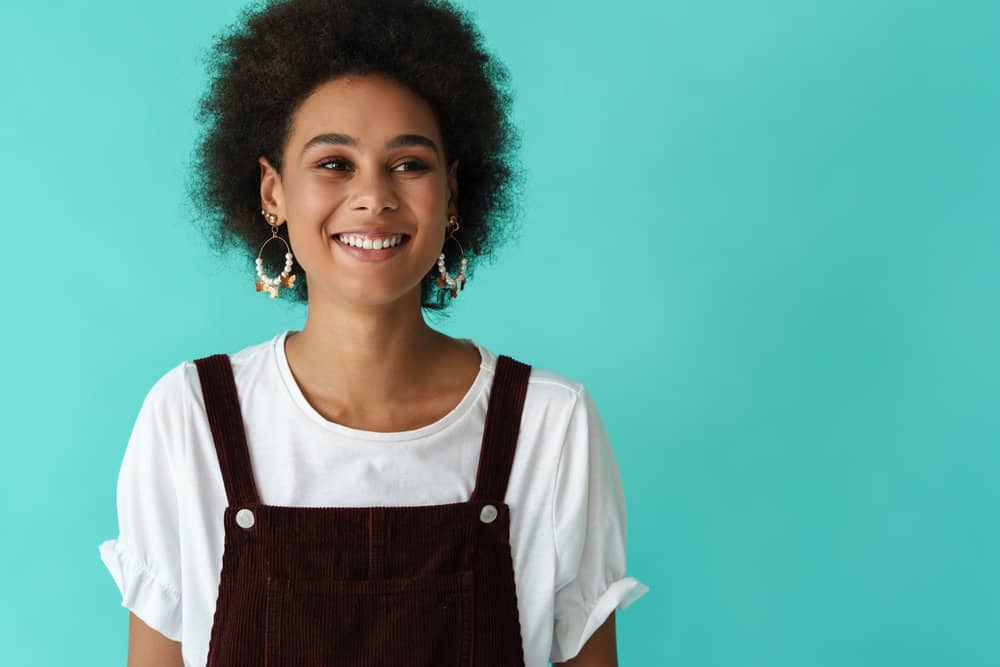
When to Redye Hair That Won’t Take
Even though your color didn’t take well, the dye may have already damaged your strands. For that reason, avoid redyeing your hair whenever possible. However, if you’re extremely unhappy with your shade, coloring it again is probably your best option.
Try to wait for at least two or three weeks before you attempt to color your hair again.
The length of time you should wait depends on how you plan on addressing your color. Lightening your hair is more damaging than darkening it, so wait longer if you plan on going lighter.
Frequently Asked Questions
Are you wondering why your hair isn't taking color as expected? Our FAQ section covers common queries, providing clear, straightforward answers to help you understand and resolve your hair coloring issues.
Why Is My Hair Not Holding Color?
Your hair might not hold color due to damaged cuticle layers or high porosity, leading to a quick loss of color molecules. Using hair care products that aren't suitable for color-treated hair, such as harsh shampoos, can cause the new color to fade rapidly. Ensuring your hair is healthy, using the right developer for your hair type, and avoiding over-washing are keys to maintaining the desired color.
Why Is My Hair So Resistant to Color?
Hair resistance to color often occurs due to closed hair cuticles, which is common in low-porosity hair types. This makes it challenging for color molecules to penetrate the hair strand effectively. Pre-treating your hair with a clarifying shampoo to remove product buildup and using a semi-permanent dye or a stronger developer can help improve color absorption.
Is It Possible for Hair to Not Take Color?
Yes, it is possible for hair not to take color, especially if it's been chemically treated or damaged. Overprocessed or bleached hair can be too porous, causing uneven color, while virgin or darker hair might resist lighter shades. Proper preparation and choosing the right hair dye type are crucial for effective coloring.
Why Is Hair Dye Not Staying in My Hair?
Hair dye may not stay in your hair if the hair cuticles are damaged or excessively oily. Using a dye that's not compatible with your hair type or washing the hair too soon after dyeing can also lead to rapid color loss. A good hair care routine, including color-protecting products and cool water rinses, can help retain color longer.
Why Won't My Hair Take Color After Bleaching?
After bleaching, hair often becomes highly porous and brittle, making it challenging for the hair to retain new color. The bleach can cause significant damage to the hair cuticles, leading to uneven color absorption. Using a nourishing hair mask or treatment to restore hair health before applying a new color is important.
Why Is My Hair Not Taking Color on the Roots?
Your hair might not take color on the roots if there's a significant contrast between the new color and your natural hair color or if the roots are greasy or have product buildup. The roots may also be more resistant due to their relative health compared to the rest of the hair. Using a targeted application method and ensuring the roots are clean can improve color uptake.
Why Does My Hair Look the Same After I Dye It?
If your hair looks the same after dyeing, it could be due to using a color very similar to your natural color or not using enough dye to cover the entire head. It's also possible that the dye didn't process long enough, or the hair's health didn't allow for effective color absorption. Choosing a significantly different color and ensuring proper application can yield more noticeable results.
- Why Do Hairdressers Hate Box Dye?
- Does Dyeing Your Hair Black Damage It?
- What Happens if You Put Blonde Dye on Red Hair?
- How to Fix Streaky Hair at Home
We hope the information we’ve gone over in this article has helped you discover why your hair isn’t taking color and provides you with everything you need to fix the underlying issues. By making minor changes to your dyeing process, you’ll be able to achieve the stunning color of your dreams!




